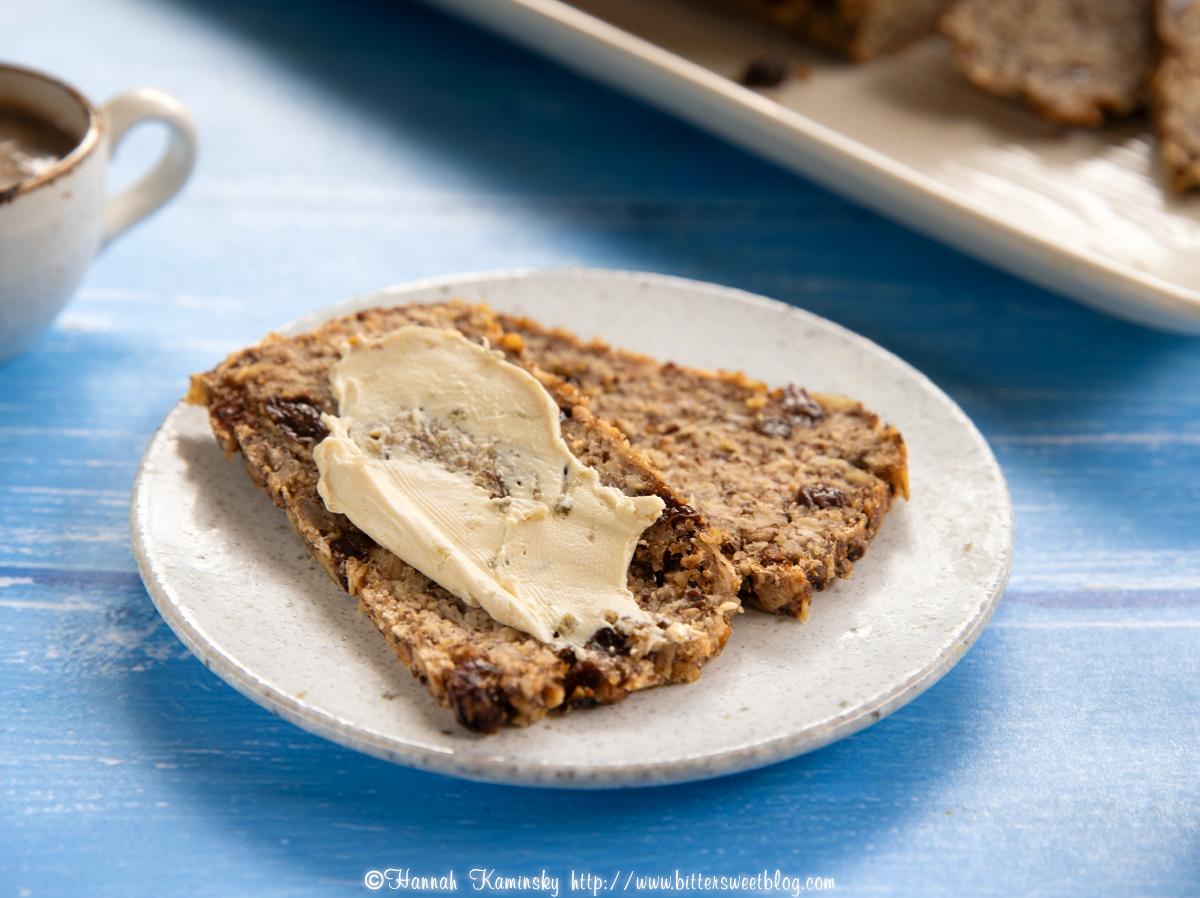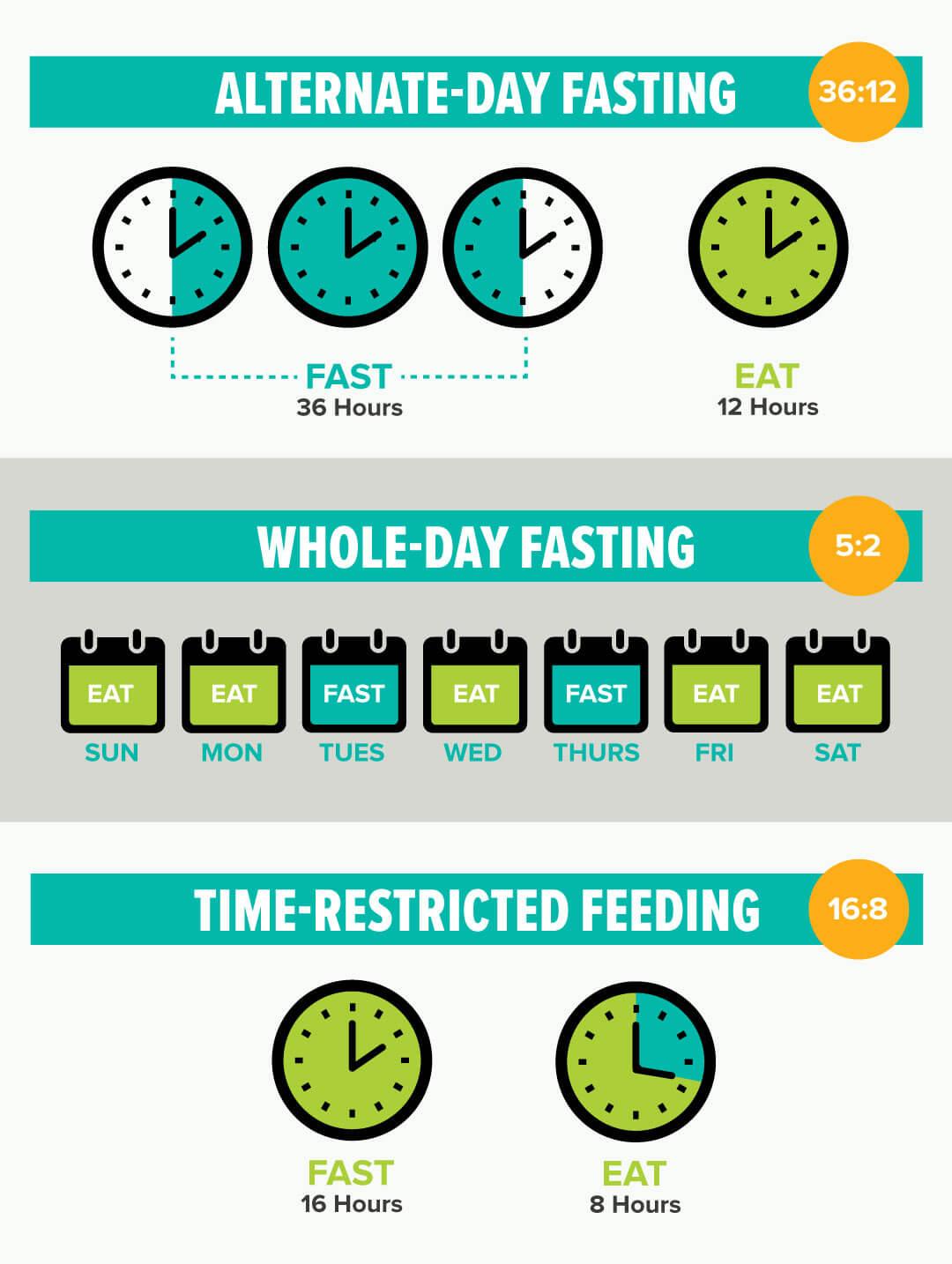In today’s fast-paced world, maintaining a healthy lifestyle while managing calorie intake can often seem like a daunting task. Yet, with the right strategies, it’s entirely possible to feel satisfied and energized on a low-calorie meal plan. This guide will empower you with practical tips and insights on how to stay full without exceeding your calorie goals. By understanding the principles of nutrient-dense foods, portion control, and mindful eating, you can transform your approach to meals and snacks, ensuring that each bite is both fulfilling and beneficial to your overall health. Let’s embark on this journey to discover how you can achieve satiety and satisfaction, all while adhering to a low-calorie diet that supports your wellness objectives.
Understanding Nutrient Density for Satisfying Meals
To create meals that are both satisfying and low in calories, focusing on nutrient density is key. This involves selecting foods that provide the most nutrients per calorie, ensuring that your body gets what it needs without excess energy intake. Fruits and vegetables are prime examples, as they are rich in vitamins, minerals, and fiber while being low in calories. Whole grains, like quinoa and brown rice, offer complex carbohydrates and fiber that help you feel full longer. Lean proteins, such as chicken breast and tofu, not only supply essential amino acids but also promote satiety, making them perfect for a calorie-conscious meal plan.
- Prioritize Plant-Based Foods: Incorporate a variety of colorful vegetables and fruits to pack in essential nutrients.
- Include Lean Proteins: Opt for sources like fish, legumes, and low-fat dairy to keep hunger at bay.
- Choose Whole Grains: Select grains that retain their natural fiber, like oats and barley, to maintain fullness.
- Hydrate Wisely: Drink plenty of water or herbal teas to aid digestion and prevent mistaking thirst for hunger.
By focusing on these nutrient-dense options, you can enjoy meals that are not only low in calories but also satisfying and nourishing. Remember, the goal is to fuel your body effectively, making every calorie count towards your health and well-being.

Incorporating High-Fiber Foods to Prolong Fullness
Boosting your meal plan with high-fiber foods is a savvy strategy for maintaining satiety while keeping calories in check. Fiber adds bulk to your meals without adding extra calories, making it an essential component for anyone looking to stay full longer. Start by incorporating a variety of fiber-rich foods such as:
- Whole Grains: Opt for brown rice, quinoa, or whole wheat pasta instead of their refined counterparts.
- Fruits and Vegetables: Load up on leafy greens, berries, apples, and carrots, all of which are naturally high in fiber.
- Legumes: Beans, lentils, and chickpeas are not only fiber-packed but also provide a good source of protein.
- Nuts and Seeds: Almonds, chia seeds, and flaxseeds can be sprinkled over salads or yogurt for an added fiber boost.
By weaving these ingredients into your meals, you can effectively prolong feelings of fullness, helping you adhere to a low-calorie diet without the constant nag of hunger. Remember, the key is to balance your fiber intake with plenty of water to aid digestion and maximize the benefits.

Strategic Meal Timing to Curb Hunger Pangs
Mastering the art of strategic meal timing can significantly help manage hunger and keep you feeling satisfied throughout the day, even on a low-calorie diet. Start your day with a hearty breakfast to kickstart your metabolism and set a solid foundation. Opt for a combination of protein and fiber-rich foods that release energy slowly, such as oatmeal with nuts or a vegetable omelet. Timing your meals consistently every 3-4 hours can prevent extreme hunger and reduce the temptation to overeat during later meals.
- Mid-Morning Snack: Choose something light yet nourishing, like a handful of almonds or a piece of fruit, to bridge the gap between breakfast and lunch.
- Lunch: Focus on a balanced meal that includes lean protein, whole grains, and a variety of vegetables to sustain your energy levels.
- Afternoon Snack: This is crucial to ward off mid-afternoon slumps. Consider a small yogurt or a few carrot sticks with hummus.
- Dinner: Opt for a lighter meal in the evening, as your body’s metabolism naturally slows down. Grilled fish or chicken with steamed vegetables makes for an ideal choice.
By synchronizing your meal times with your body’s natural hunger cues and energy needs, you can maintain satiety without consuming excessive calories. Remember, the key is consistency and listening to your body’s signals.

Smart Hydration Techniques to Enhance Satiety
Incorporating smart hydration techniques into your routine can significantly enhance your sense of fullness, making it easier to stick to a low-calorie meal plan. Start by drinking a glass of water before each meal. This simple habit can help stretch the stomach and trigger the sensation of fullness earlier, reducing overall calorie intake. For a flavorful twist, infuse your water with slices of lemon, cucumber, or mint, which can make the habit more enjoyable and encourage regular consumption.
- Opt for water-rich foods: Incorporate foods like cucumbers, tomatoes, and watermelon into your meals. These not only provide hydration but also add volume to your diet without excess calories.
- Drink herbal teas: Herbal teas can be a soothing way to increase fluid intake. Choose caffeine-free options such as chamomile or peppermint to promote relaxation and digestion.
- Set hydration reminders: Use apps or alarms to remind you to drink water throughout the day, ensuring you remain hydrated consistently.
